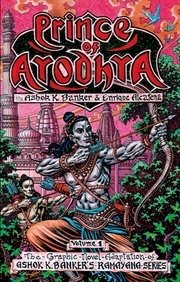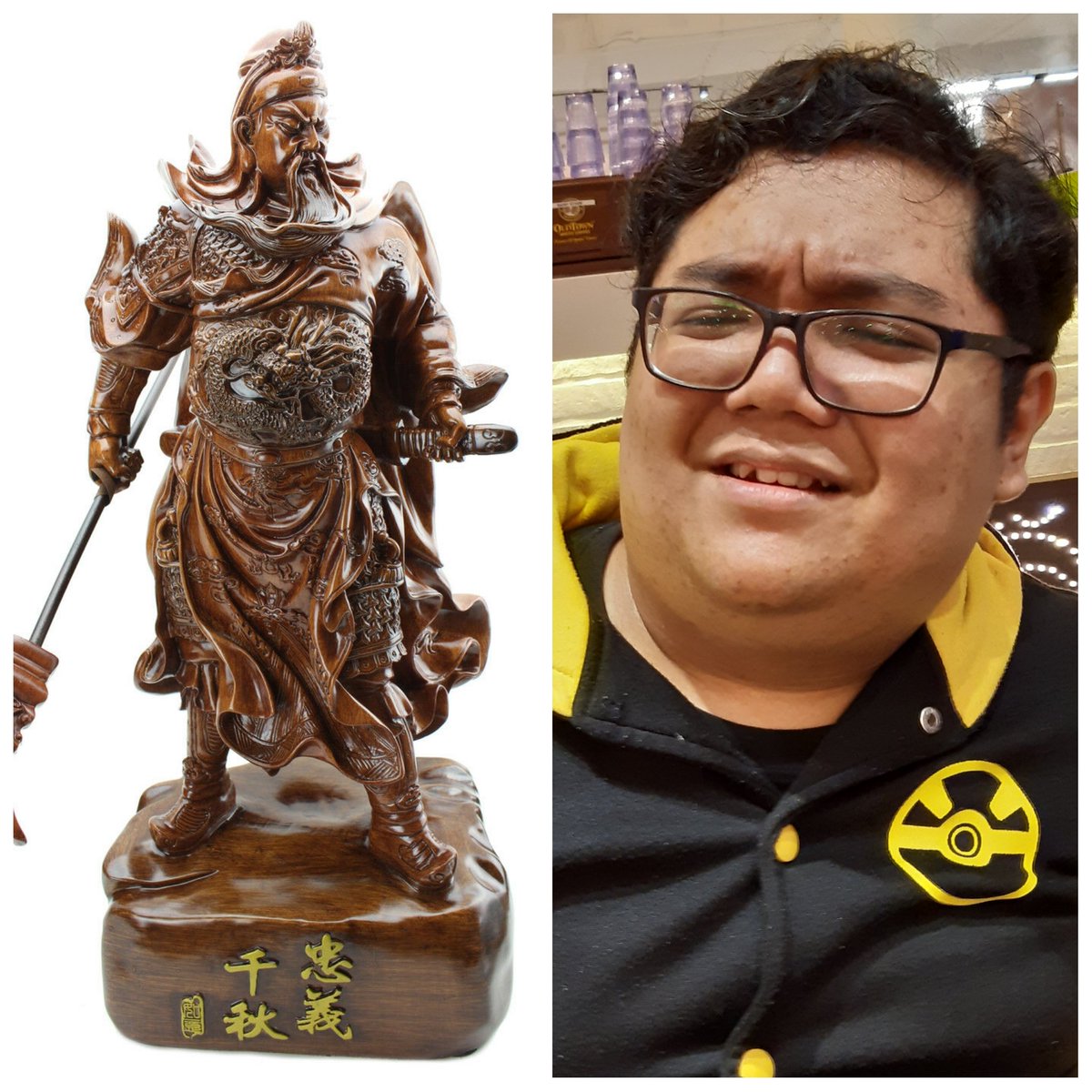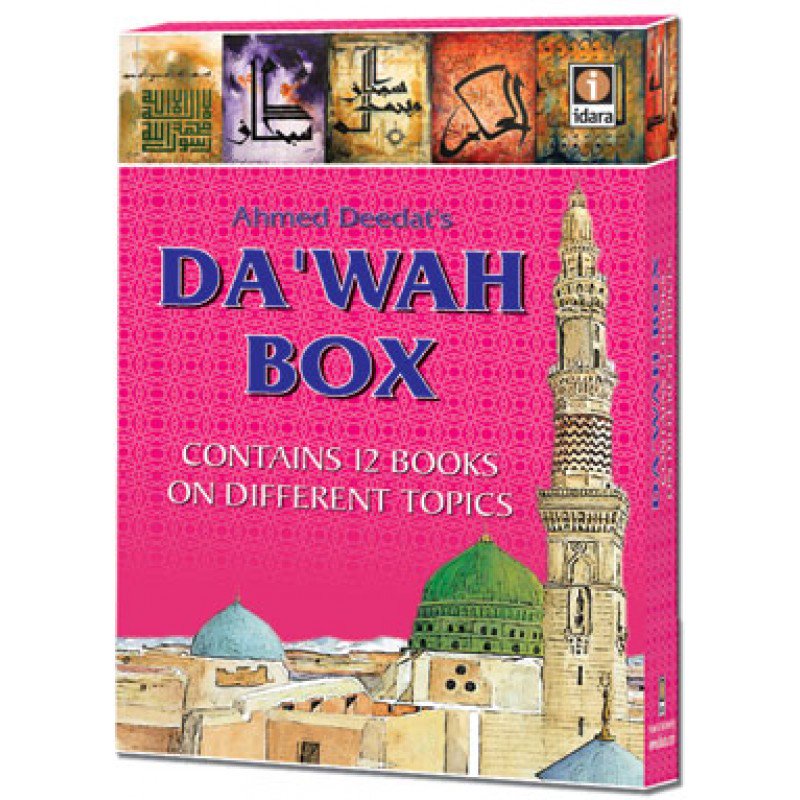historicalrama.com
indiatoday.in/news-analysis/…
travel-culture.com/pakistan/lahor…
threeroyalwarriors.tripod.com/id9.html
journals.sagepub.com/doi/abs/10.117…
livehistoryindia.com/snapshort-hist…
boldsky.com/yoga-spiritual…
chinabuddhismencyclopedia.com/en/index.php/V…
livehistoryindia.com/amp/story/snap…
blogs.bl.uk/asian-and-afri…
thaoworra.blogspot.com/2009/09/lao-li…
medium.com/@omehra/sanskr…
dictionary.com/browse/monolat…
scribd.com/document/19010…



















































